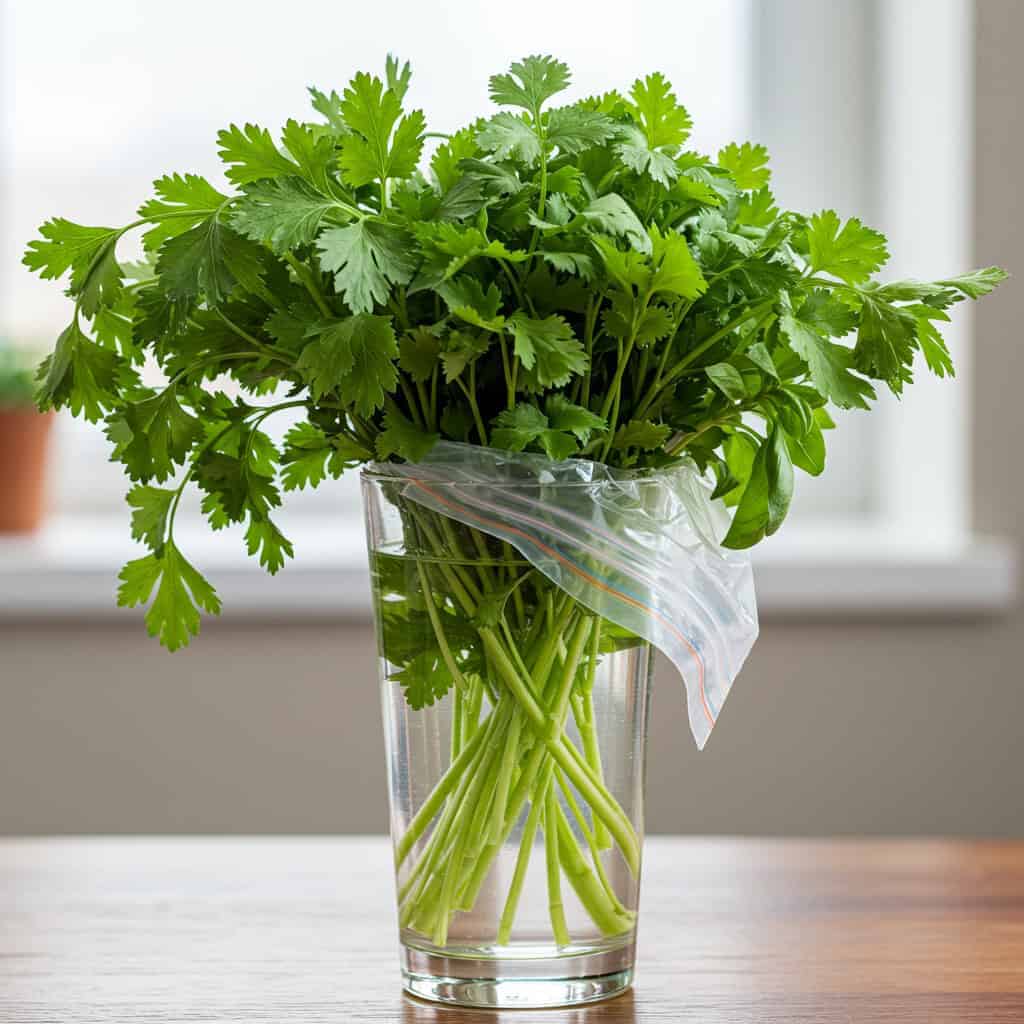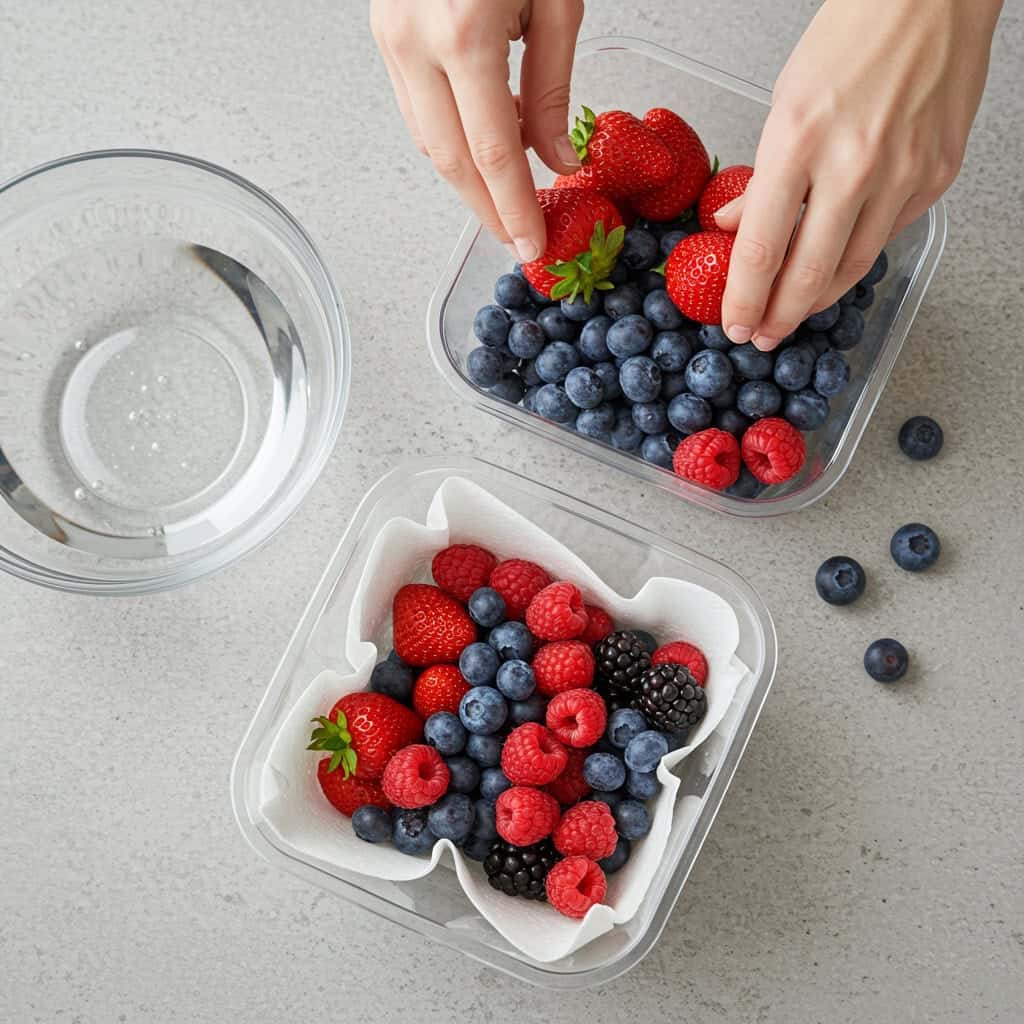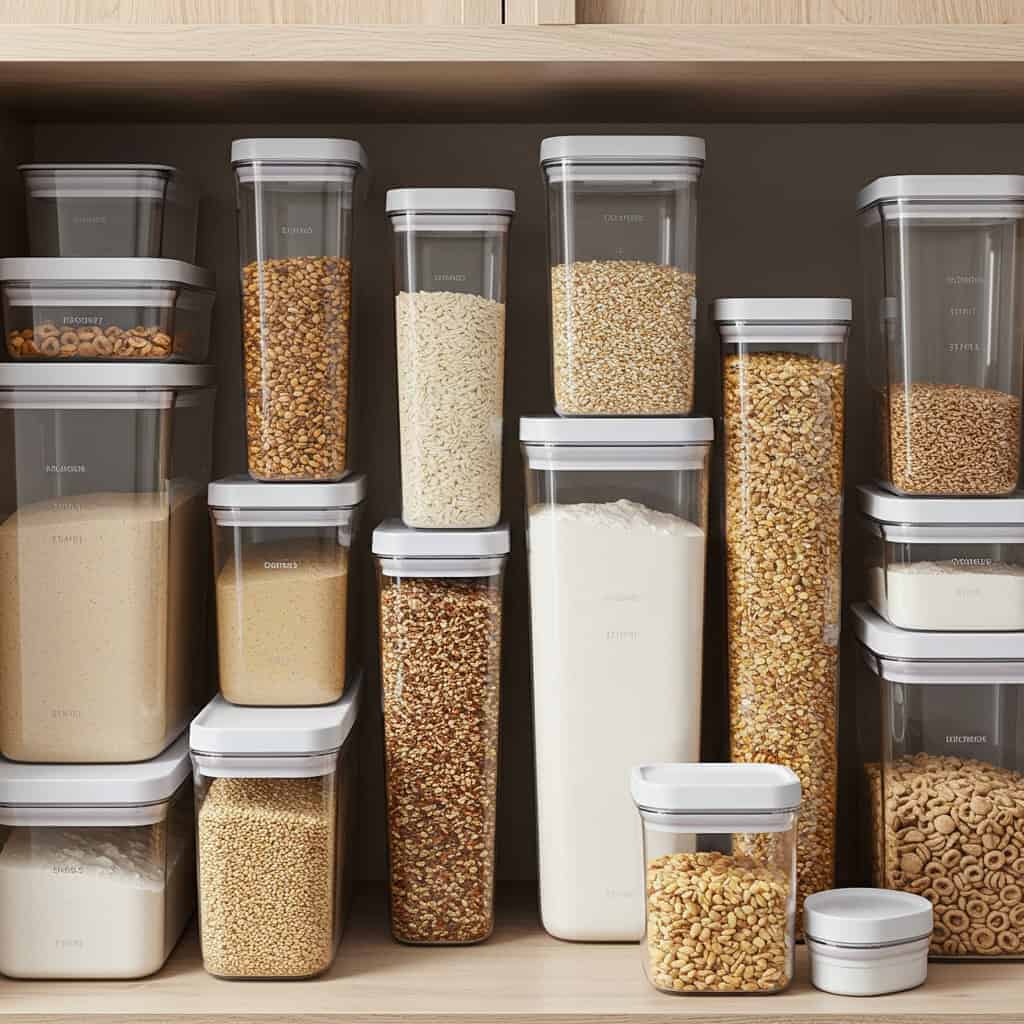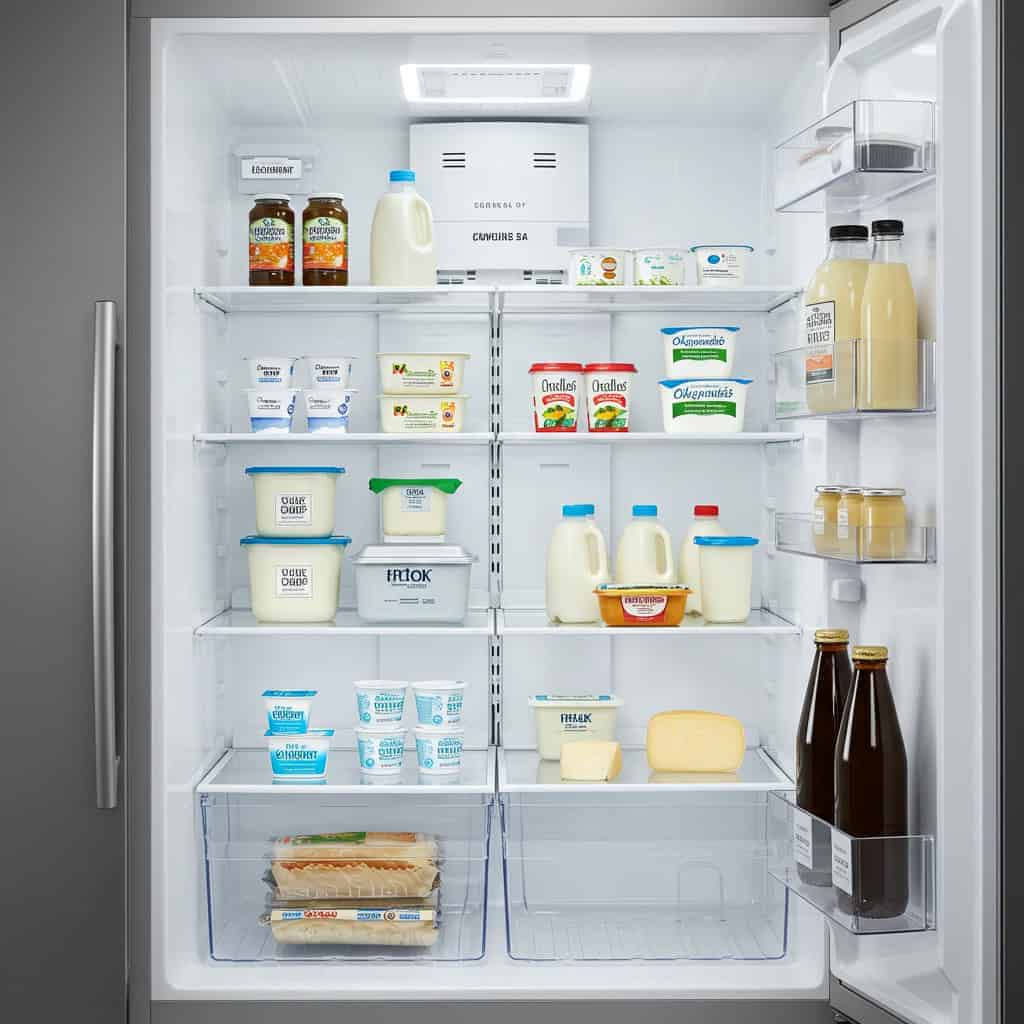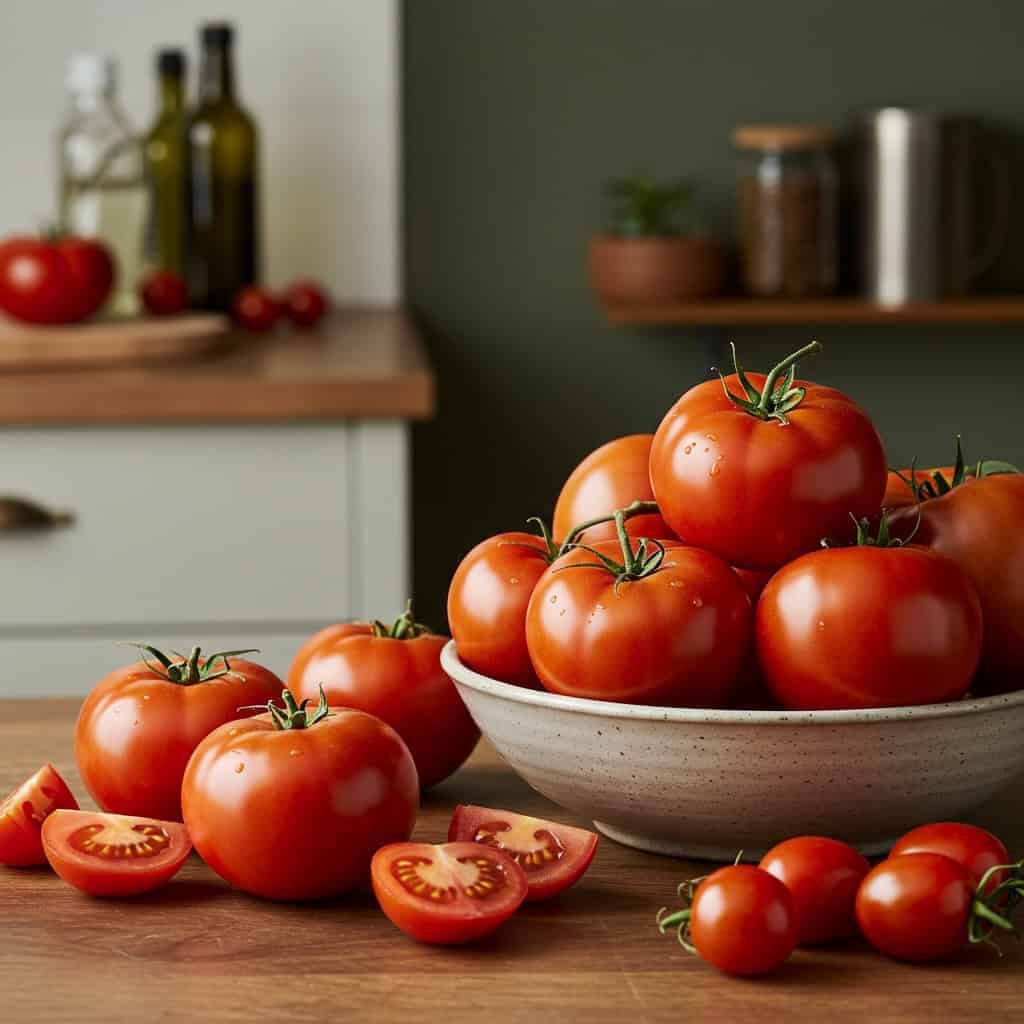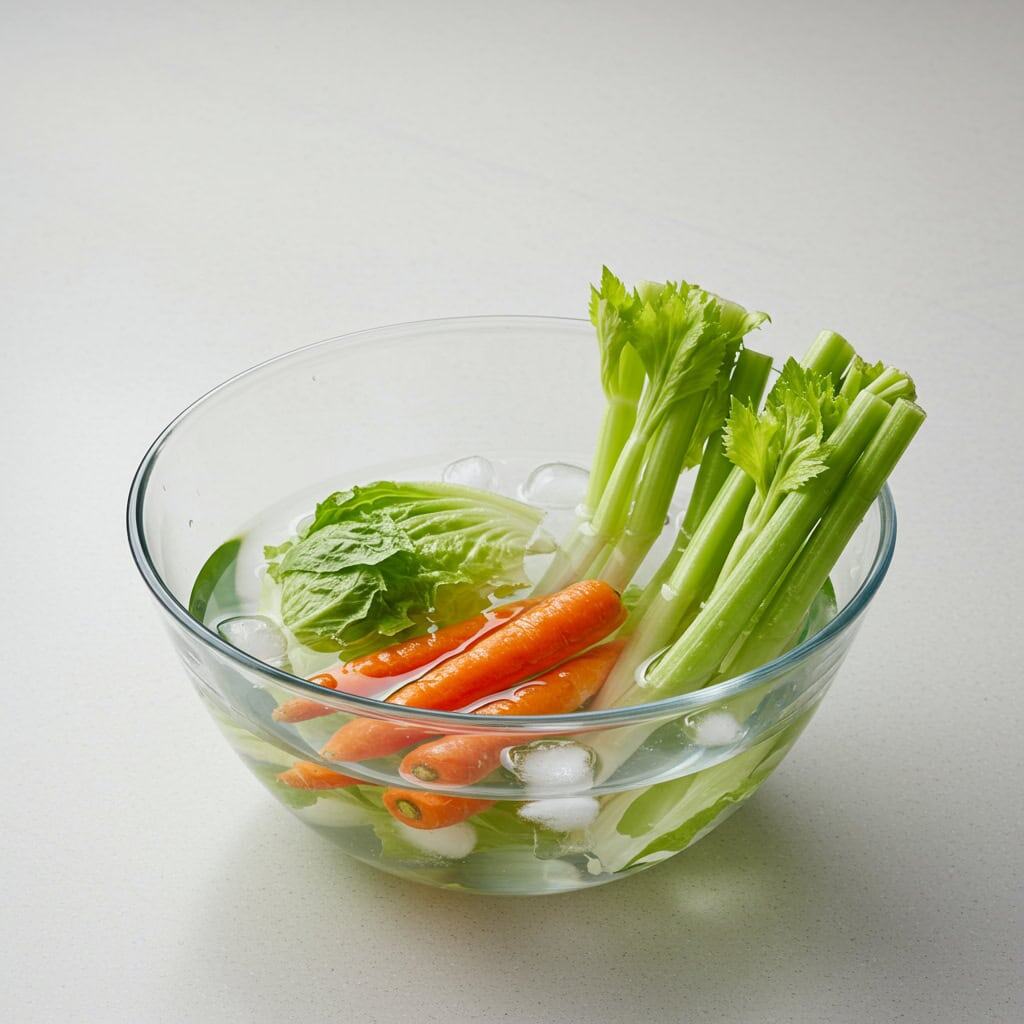Proper food storage isn’t just about keeping your fridge tidy—it’s essential for stretching your grocery budget and reducing food waste. According to the U.S. Environmental Protection Agency, American households waste nearly 30% of purchased food. With a few simple adjustments, you can keep your groceries fresher for longer, saving money and time while also helping the environment. Ready to make your food last twice as long? Start with these storage hacks.


